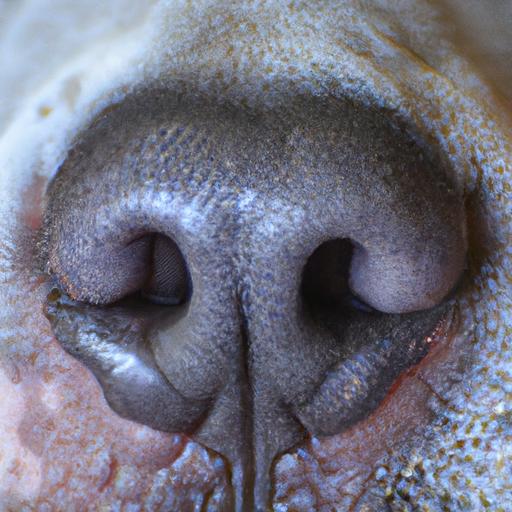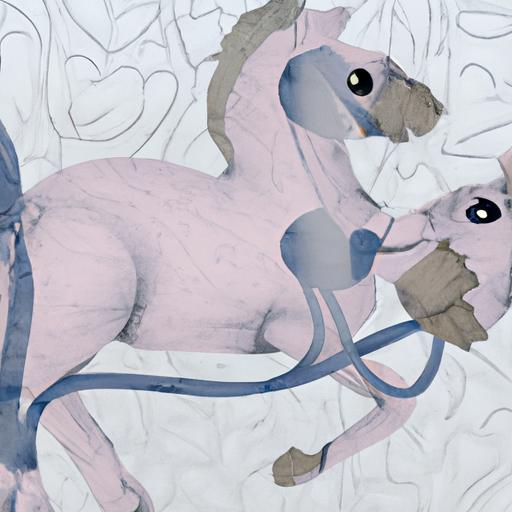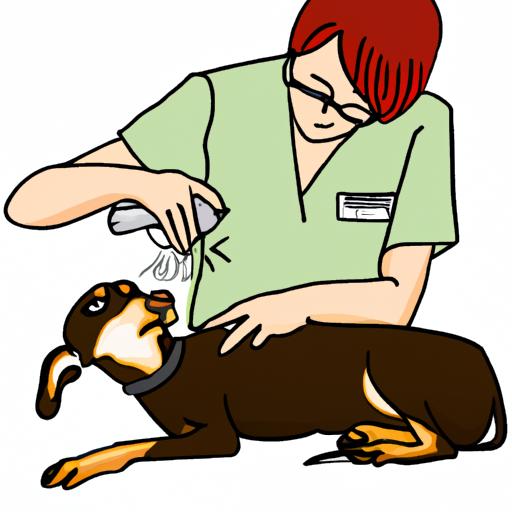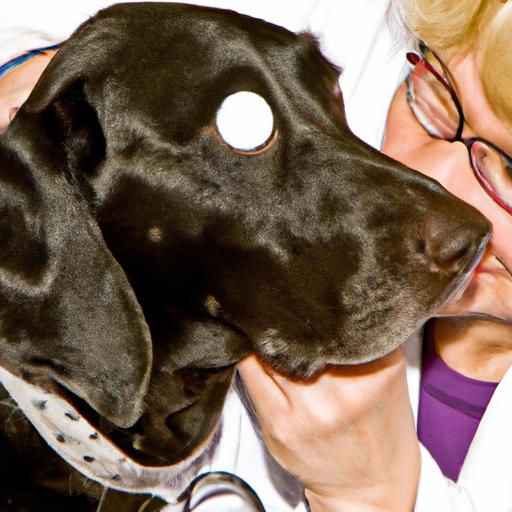
Canine Discoid Lupus Erythematosus: Skin Disorder Awareness
Learn about Canine Discoid Lupus Erythematosus (CDLE), a chronic skin disorder in dogs. Raise awareness and understand its causes, symptoms, and treatment options.
Introduction
Have you ever heard of Canine Discoid Lupus Erythematosus (CDLE)? This skin disorder affects our beloved canine friends and it’s crucial to raise awareness about this condition. CDLE is a chronic autoimmune disease that primarily affects a dog’s nose and face, causing discomfort and potential long-term damage if left untreated. In this article, we will delve into the world of CDLE, exploring its causes, symptoms, diagnosis methods, and the importance of early detection and treatment.

Understanding Canine Discoid Lupus Erythematosus
Causes and Risk Factors
While the exact cause of CDLE is unknown, it is believed to have both genetic and environmental components. Certain breeds, such as Siberian Huskies, German Shepherds, and Collies, are more susceptible to developing CDLE. Additionally, exposure to ultraviolet (UV) light, infections, and hormonal imbalances may trigger the onset of the disease.
Symptoms and Clinical Presentation
Recognizing the symptoms of CDLE is essential for early detection. The most common sign is the development of depigmented, scaly, and ulcerated lesions on the nose, lips, and facial skin. Dogs with CDLE may also experience nasal congestion, nosebleeds, crusting, and excessive sensitivity to sunlight. If you notice any of these symptoms in your furry friend, it’s important to consult a veterinarian promptly.
Diagnosis Methods
Accurate diagnosis of CDLE is crucial for effective treatment. Veterinarians typically perform a combination of physical examinations, blood tests, and skin biopsies to confirm the presence of CDLE. Blood tests can determine if any underlying infections or immune system abnormalities are contributing to the condition. A skin biopsy involves taking a small sample of affected tissue for microscopic analysis to confirm the diagnosis.
Frequently Asked Questions about Canine Discoid Lupus Erythematosus
What Breeds are More Susceptible to CDLE?
CDLE can affect any breed of dog, but certain breeds are more prone to developing this condition. Breeds such as Siberian Huskies, German Shepherds, Collies, Shetland Sheepdogs, and Brittany Spaniels have been found to be at higher risk. However, it’s important to note that CDLE can occur in any dog, regardless of breed.
Is CDLE a Hereditary Condition?
While there is evidence suggesting a genetic predisposition to CDLE in certain breeds, it is not solely a hereditary condition. Environmental factors, such as exposure to UV light and infections, also play a role in triggering the disease. Responsible breeding practices and regular veterinary care can help minimize the risk of CDLE in susceptible breeds.
Can CDLE be Cured or Managed?
Currently, there is no cure for CDLE. However, with proper management and treatment, the symptoms can be controlled, and the disease progression can be slowed down. Treatment options may include the use of topical ointments, immune-suppressing medications, and sun protection measures. It is important to work closely with a veterinarian to develop a tailored treatment plan for your dog.
Are There any Preventive Measures for CDLE?
While CDLE cannot be completely prevented, there are steps you can take to minimize the risk and manage the condition. Providing your dog with adequate sun protection, such as using pet-safe sunscreen and limiting exposure to direct sunlight during peak hours, can help prevent flare-ups. Regular veterinary check-ups and prompt treatment of any underlying infections or immune system abnormalities can also contribute to early detection and management of CDLE.
Conclusion
Canine Discoid Lupus Erythematosus is a skin disorder that requires our attention. By understanding the causes, symptoms, and diagnosis methods, we can ensure early detection and timely treatment for our furry friends. Raising awareness about CDLE among dog owners and veterinarians is crucial to provide the best possible care for affected dogs. Remember, vigilance and proactive veterinary care can make a significant difference in managing this chronic condition. Let’s stand together in spreading awareness and support for canine discoid lupus erythematosus.





























